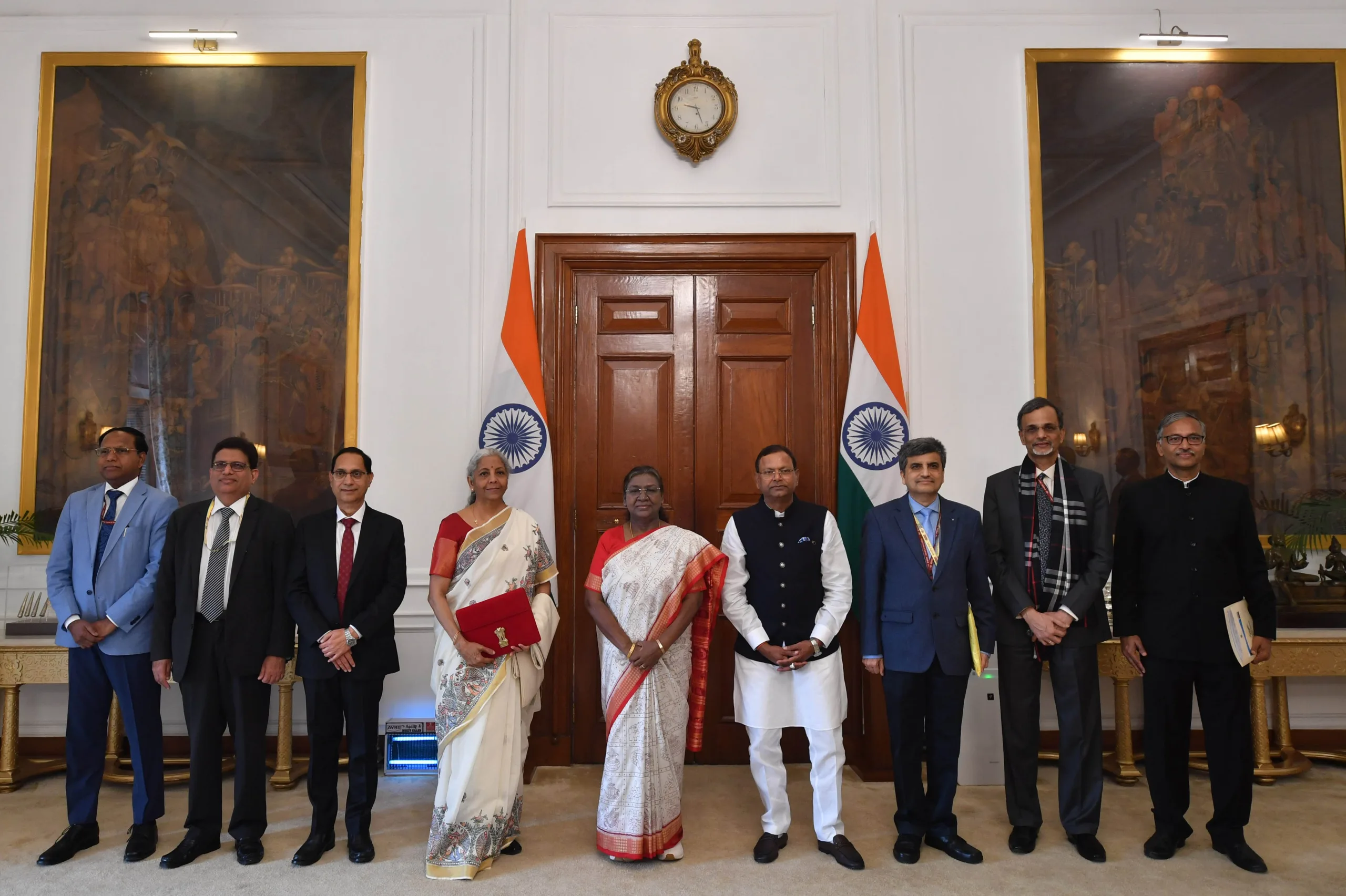The Union Budget 2025–26 has set the stage for a tech-driven India, unveiling policy reforms that promise to redefine manufacturing, education, and innovation. From bolstering home-grown component production to introducing advanced AI initiatives, the government aims to strengthen India’s self-reliance and global standing. Below, we round up the leading voices in the tech ecosystem to understand how they view India’s transformative road ahead.
Table of Contents
1. AI and Made-in-India: Driving Innovation
Mr. Rajeev Singh, Managing Director, BenQ India and South Asia
“We are encouraged by the government’s announcement of the National Manufacturing Mission… The decision to increase the basic customs duty on interactive flat panel displays is crucial in addressing the inverted duty structure… The establishment of Centers of Excellence for AI in education will be a giant leap in preparing the youth for future challenges.”
Key Takeaways
- Focus on clean tech manufacturing to boost sustainability.
- Higher customs duties on certain imports to encourage local production.
- Plans for AI Centers of Excellence to improve skill sets among students and professionals.
2. Boost for Electronic Manufacturing thanks to Budget 2025–26
Mr. Ravi Kunwar, VP and CEO, HMD India and APAC
“The Union Budget 2025–26 presents encouraging prospects for the technology and digital infrastructure sector… Reducing BCD to 5% on open cell components and adding 28 capital goods for mobile battery fabrication will strengthen local manufacturing… The formation of the National Manufacturing Mission and investment in skilling initiatives will contribute to India’s global competitiveness.”
Key Takeaways
- Reduced duties on open cell components to lower production costs.
- Emphasis on mobile battery fabrication to expand the domestic electronics ecosystem.
- National Manufacturing Mission targets climate-friendly growth.
3. Healthcare & Education: A Dual Commitment
Gerald Jaideep, CEO, Medvarsity
“Centers of Excellence in AI for education and aggressive expansion of medical seats highlight India’s commitment to both innovation and capacity-building… The budget opens avenues for curriculum design, AI-driven training modules, and competency-based certifications… We must ensure equitable distribution of opportunities.”
Key Takeaways
- AI-driven healthcare training and new medical seats aim to bridge India’s doctor-patient gap.
- Setting up 200 daycare cancer centers promotes accessible healthcare.
- ‘Heal in India’ initiative to spur medical tourism—and raise demand for industry-ready professionals.
4. Skilling & Upskilling: Building the Workforce of Tomorrow
Dr. Priyanka Sharma, Head of MONAKA Software R&D Unit, Fujitsu Research of India
“The establishment of five National Centers of Excellence… will address the growing demand for skilled professionals. The expansion of IITs and the AI Center of Excellence will ensure India’s tech talent pipeline remains robust.”
Key Takeaways
- Deep Tech Fund of Funds and PM Research Fellowship scheme to fuel next-gen startups.
- Women entrepreneurs to gain from inclusive policy measures.
- A push for a tech-for-good ecosystem that fosters innovations for social impact.
5. Accelerating Tech Self-Reliance
CP Khandelwal, CEO, PR Innovation, Brand Custodian of Amazfit India
“Eliminating BCD on open cell components for displays isn’t just a tariff tweak—it’s a strategic unlock… This will catalyze local R&D in next-gen technologies like OLED and MicroLED. Equally transformative is the lithium-ion battery push.”
Key Takeaways
- Domestic display manufacturing and lithium-ion battery production to reduce reliance on imports.
- Potential for shorter supply chains, quicker innovation, and lower costs for smartphones and wearables.
6. Strengthening the Digital Ecosystem
Srividya Kannan, CEO and Founder, Avaali Solutions
“Establishing a national framework for Global Capability Centers (GCCs) in Tier-II cities is a game-changer. Setting up 50,000 Atal Tinkering Labs fosters a culture of innovation from a young age… Investments in AI Centers of Excellence will boost adoption of emerging technologies across sectors.”
Key Takeaways
- Tier-II city development aimed at broad-based tech employment.
- Atal Tinkering Labs to fuel grassroots-level innovation and entrepreneurship.
- Strong push toward domestic manufacturing under Make-in-India and the National Manufacturing Mission.
7. Pioneering “Make in India”
Ujjwal Sarin, Founder – Nu Republic
“The National Manufacturing Mission is pivotal for clean-tech innovation. Higher customs duty on interactive flat panel displays addresses the inverted duty structure, driving local production and advanced display technologies.”
Key Takeaways
- Policy support for domestic manufacturing of high-tech products, including solar PV cells and EV batteries.
- AI Centre of Excellence with ₹500 crore funding to ensure academic-industry collaboration.
Conclusion: A Bold Era of Tech-First Policies
Budget 2025–26 puts India on track to become a global technology powerhouse—lining up incentives for local manufacturing, investing in AI research, and reshaping educational frameworks. From advanced electronics to AI-driven healthcare, industry leaders are optimistic that these initiatives will build a skilled workforce, expand innovation, and elevate India’s global competitiveness.
Now’s the Time to Act
- Stay informed on evolving regulations and rebates.
- Collaborate with industry players and government-backed institutions.
- Elevate your skill set through AI and advanced tech programs.
Whether you’re a startup founder, a tech educator, or an investor, this budget offers more than just policy—it serves as a launchpad for India’s next leap in innovation.







